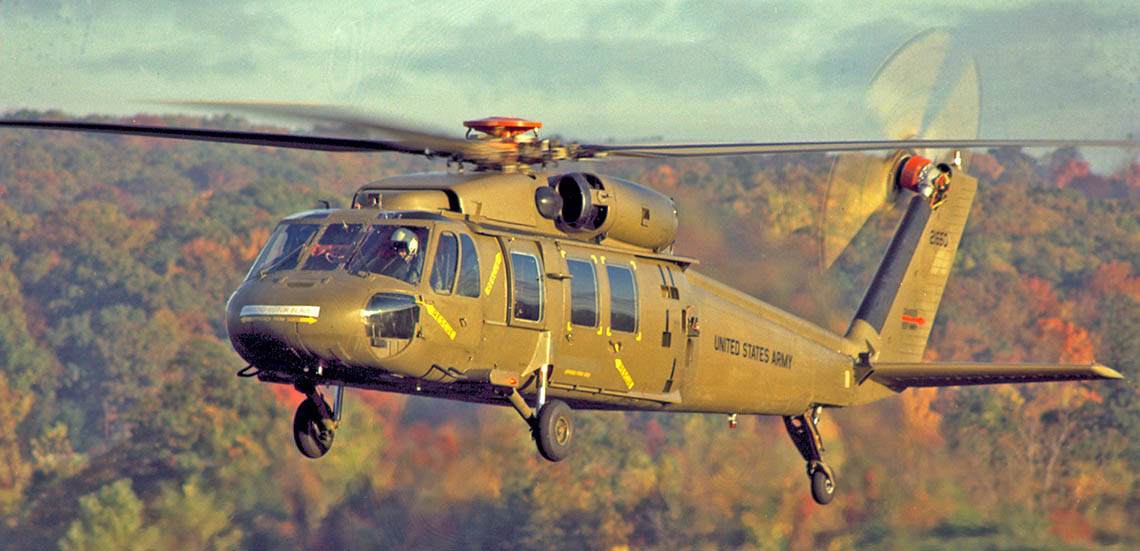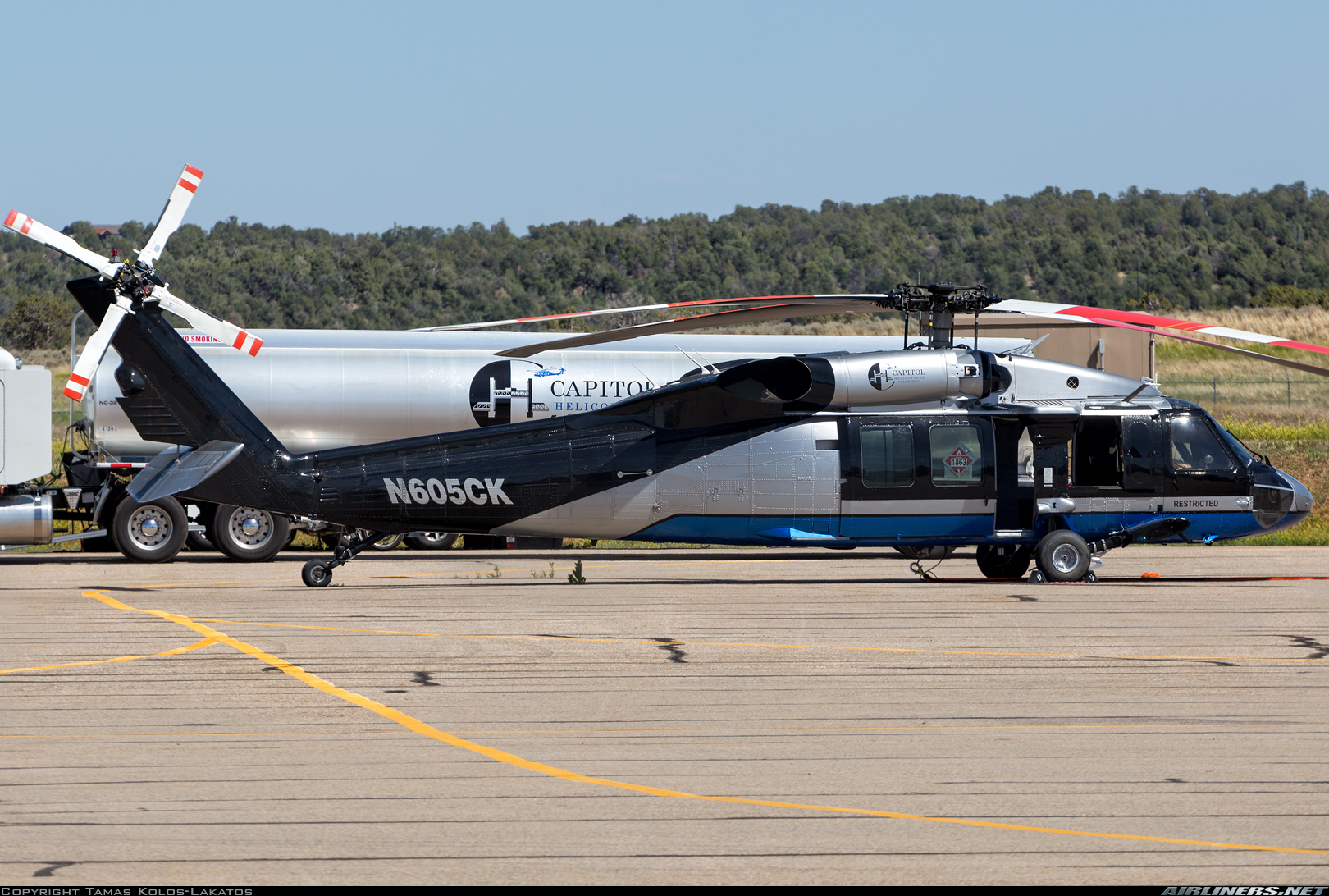Inside the Sikorsky S 70: What Sets This Helicopter Apart from Its Competitors
Inside the Sikorsky S 70: What Sets This Helicopter Apart from Its Competitors
Blog Article
High-Performance Multi-Role Rotorcraft Featuring Advanced Cockpit Technologies and Integrated Sensing Unit Solutions
The world of rotorcraft modern technology has seen significant developments in current times, specifically in the world of high-performance multi-role rotorcraft geared up with cutting-edge cockpit technologies and perfectly integrated sensing unit systems. These developments have not just increased the operational capacities of rotorcraft but have actually additionally considerably influenced modern-day aviation procedures on numerous fronts. From boosted mission convenience to enhanced functional performance, the convergence of innovative cabin innovations and incorporated sensing unit systems has actually ushered in a brand-new age of possibilities for rotorcraft applications. In the complying with discussion, we will certainly explore the development of rotorcraft technology, dig into the realm of innovative cockpit technologies, and analyze the ramifications of integrated sensor systems on the operational flexibility and effectiveness of contemporary rotorcraft.
Evolution of Rotorcraft Modern Technology
The evolution of rotorcraft innovation has actually been noted by substantial advancements in the rules of aerodynamics, products, and propulsion systems, shaping the capacities and performance of contemporary rotorcraft. Aerodynamic improvements have boosted the performance and maneuverability of rotorcraft, permitting enhanced rate, agility, and stability during trip (sikorsky s 70). Developments in materials, such as making use of composite materials and advanced alloys, have actually led to lighter yet more powerful rotorcraft frameworks, boosting overall performance and resilience. Furthermore, innovations in propulsion systems, including extra powerful engines and cutting-edge propulsion innovations, have made it possible for rotorcraft to accomplish greater elevations, faster speeds, and higher hauls.
These improvements have not just transformed the capacities of rotorcraft but have actually additionally increased their applications across numerous markets, consisting of army, business, and emergency solutions. The continual evolution of rotorcraft technology continues to drive innovation in the field, pushing the boundaries of what is feasible and forming the future of upright trip.
Advanced Cockpit Innovations
Building upon the foundational innovations in the rules of aerodynamics, materials, and propulsion systems, the world of rotorcraft technology now shifts focus towards pioneering Advanced Cockpit Innovations. The assimilation of sophisticated modern technologies within the cabin environment plays a vital function in boosting the functional capacities, safety, and efficiency of contemporary rotorcraft. sikorsky s 70. Advanced Cockpit Innovations include a wide range of attributes made to supply pilots with boosted situational awareness, structured information monitoring, and user-friendly control user interfaces
Among the crucial developments in cockpit design is the execution of glass cabins, which replace typical analog assesses with high-resolution screens. These digital systems provide adjustable designs, real-time data integration, and improved readability, making it possible for pilots to accessibility critical information at a look. Additionally, advanced avionics systems, such as fly-by-wire controls and increased fact display screens, are revolutionizing how pilots interact with the airplane, enabling for specific control and improved decision-making abilities.


Integrating advanced cockpit advancements not only improves pilot performance but additionally adds to total objective efficiency and safety in complicated operational atmospheres. By leveraging cutting edge innovations within the cabin, rotorcraft makers are setting new criteria for functional quality and objective success.
Integrated Sensor Equipments
With the evolution of rotorcraft modern technology, the integration of innovative Integrated Sensor Equipment has actually come to be extremely important in boosting operational efficiency and safety and security. These Integrated Sensor Systems encompass a wide selection of technologies that give crucial information for different functions such as navigating, surveillance, targeting, and environmental monitoring. By seamlessly next page incorporating sensors like radars, cams, lidar, and infrared systems right into rotorcraft, operators can gain from boosted situational recognition, improved goal abilities, and lowered pilot workload.
One secret benefit of Integrated Sensing unit Systems is their capability to collect real-time information and give actionable insights to pilots and objective operators. Progressed radar systems can identify and track targets over long ranges, permitting for early threat detection and effective reaction planning. Furthermore, integrating infrared and electro-optical cameras enables rotorcraft to conduct reconnaissance and monitoring objectives with precision and accuracy.
Essentially, the combination of innovative sensing unit technologies into rotorcraft not only enhances functional performance yet additionally adds significantly to total mission success and staff safety. As rotorcraft remain to progress, the role of Integrated Sensing unit Systems will definitely stay at the leading edge of advancement in the aerospace market.
Operational Versatility and Performance
Enhancing functional flexibility and performance in rotorcraft is a natural progression from the assimilation of innovative Integrated Sensor Systems. By leveraging the insights and information supplied by these advanced sensor systems, rotorcraft can maximize their performance across numerous objectives and environments.
Functional flexibility encompasses the capacity of rotorcraft to adapt to different duties and situations efficiently. With innovative cockpit modern technologies and incorporated sensor systems, rotorcraft can flawlessly transition in between tasks such as search and rescue, clinical emptying, security, and much more. This versatility improves the rotorcraft's capability to satisfy varied operational demands without needing considerable reconfiguration.
Effectiveness in rotorcraft procedures is important for making best use of objective performance and resource use. Integrated sensing unit systems play a critical duty in improving functional efficiency by providing real-time information on weather conditions, surface mapping, target monitoring, and extra. This data makes it possible for pilots to make informed decisions quickly, maximize flight paths, conserve fuel, and improve general goal productivity.
Effect On Modern Aviation Operations

Moreover, the integration of sophisticated sensors assists in improved goal planning and implementation, allowing rotorcraft to carry out a large range of tasks with boosted accuracy. From search and rescue operations to airborne firefighting and regulation enforcement missions, the capabilities of modern-day rotorcraft geared up with innovative cockpit modern technologies and integrated sensor systems are unrivaled.
Additionally, the impact of these improvements expands beyond functional performance to cost-effectiveness and sustainability. By optimizing flight courses, fuel consumption, and upkeep timetables, high-performance rotorcraft equipped with sophisticated cabin modern technologies and sensors add to reducing operational expenses and ecological influence, making them essential possessions in modern-day aeronautics operations.
Conclusion
Finally, the high-performance multi-role rotorcraft with sophisticated cabin modern technologies and incorporated sensor systems represents a significant evolution in air travel innovation. These technologies enhance operational convenience and performance, inevitably impacting my latest blog post modern aviation procedures in a favorable means. The assimilation of these innovative modern technologies permits boosted capacities and efficiency in numerous objective situations, showcasing the continued development of rotorcraft innovation in the air travel market.
The realm of rotorcraft technology has actually seen remarkable advancements in recent times, particularly in the world of high-performance multi-role rotorcraft outfitted with sophisticated cockpit innovations and seamlessly incorporated sensing unit systems. From improved mission convenience to boosted operational efficiency, the merging of advanced cockpit modern technologies and incorporated sensor systems has ushered in a brand-new age of possibilities for rotorcraft applications. In the following conversation, we will explore the evolution of rotorcraft modern technology, dig into the world of sophisticated cockpit innovations, and examine the effects of integrated sensor systems on the functional flexibility and performance of contemporary rotorcraft.

Report this page